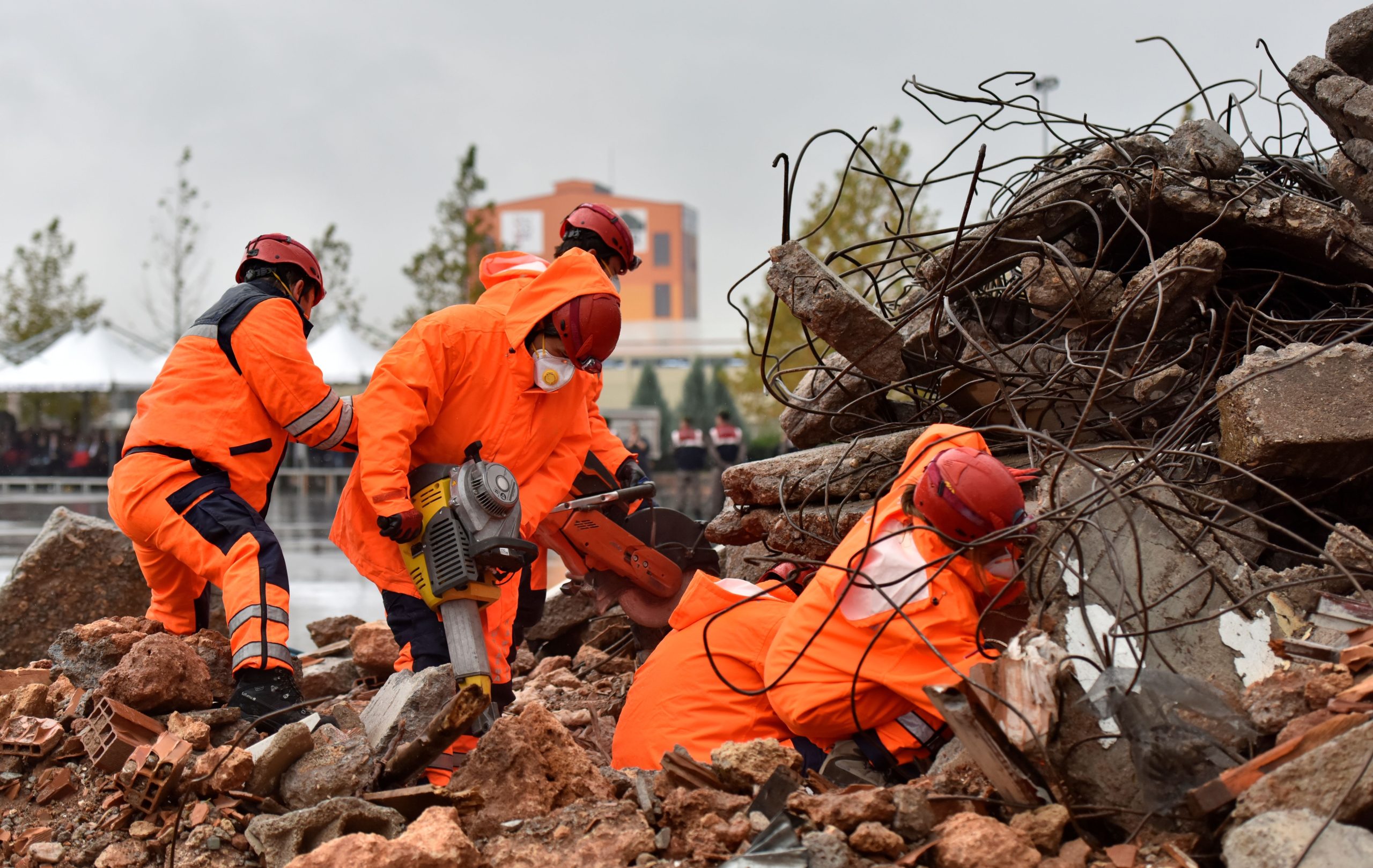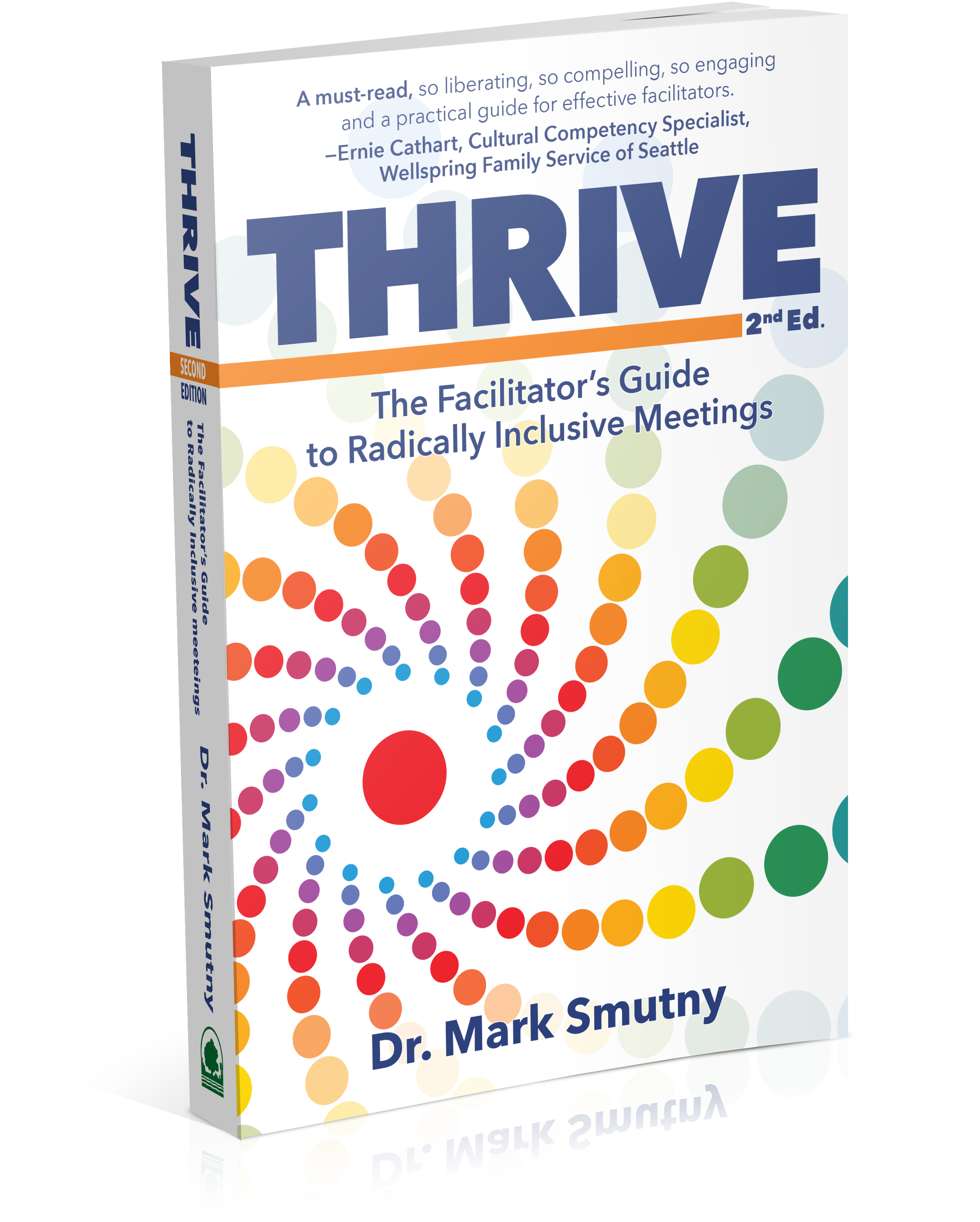 The Psychology of High-Stress Triggers in Search and Rescue: Managing Emotional Responses Through Containment
The Psychology of High-Stress Triggers in Search and Rescue: Managing Emotional Responses Through Containment
By Dr. Mark Smutny, President of Civic Reinventions, Inc.
Search and rescue (SAR) missions are among the most demanding and high-stress environments. SAR professionals and trainees face psychological triggers that can overwhelm even the most experienced individuals. Identifying these triggers and learning how to appropriately manage one’s responses is critical not only for the success of the mission but also for the well-being of the responders themselves.
Common Psychological Triggers in Search and Rescue
- Time Pressure: The need to find and rescue victims quickly can create intense pressure.
- Uncertainty: Lack of clear information about the location or condition of those in need can elevate stress levels.
- High Stakes: The understanding that lives are at risk heightens emotional intensity.
- Exposure to Trauma: Witnessing severe injuries, death, human remains, or distressed individuals can lead to emotional overload.
- Physical Fatigue: Long hours, challenging terrain, and lack of rest can weaken one’s ability to handle stress.
- Environmental Factors: Harsh conditions, such as extreme weather or hazardous terrain, amplify stress.
- Team Dynamics: Miscommunication, conflict, or perceived lack of support can exacerbate tensions.
- Personal Fears: Triggers like fear of failure, injury, or letting others down often surface.
Avoiding Inappropriate Responses
Stress triggers can provoke inappropriate responses, such as panic, withdrawal, aggression, or decision paralysis. Reacting impulsively or emotionally in these moments can hinder operations and endanger lives.
To counteract this, it is essential to develop self-awareness and a conscious ability to regulate one’s reactions. Avoiding inappropriate responses starts with recognizing when you’re being triggered and pausing to assess the situation.
The Art of Psychological Containment
Psychological containment refers to the ability to hold and manage one’s emotional reactions without letting them spiral out of control. Containment doesn’t mean suppressing emotions—it means creating a mental “container” to process stress effectively, without it interfering with clear thinking or decision-making.
Strategies for Containment
- Grounding Techniques: Simple actions like deep breathing, focusing on one’s physical surroundings, or repeating a calming phrase help bring the mind back to the present. Example: A searcher feeling panic rise might pause, take five deep, controlled breaths, and silently repeat: “I am calm. I am capable.”
- Cognitive Reframing: Shift your perspective on the situation. Instead of thinking, “I have to save this person now,” consider, “I will focus on doing my best, one step at a time.”
- Visualization: Imagine yourself successfully completing the task at hand. This boosts confidence and reduces panic. Example: Before entering a collapsed building, visualize moving methodically, staying composed, and finding the victim.
- Team Support: Share how you’re feeling with a trusted teammate. Verbalizing fears often diminishes their intensity. A good SAR team fosters an environment where members can lean on each other.
- Training in Simulated Stress: Repeated exposure to realistic training scenarios builds resilience and helps responders practice containment under pressure.
- Post-Event Processing: Containment doesn’t stop when the mission ends. Create space to debrief, share experiences, and process emotions. Journaling, therapy, or peer support can be valuable.
Why Containment Matters
Effective containment not only enhances individual performance but also strengthens team dynamics and mission outcomes. A rescuer who can recognize their triggers and manage their emotional responses becomes a stabilizing force in the chaos of SAR operations.
By practicing psychological containment, SAR professionals create an internal structure for handling the emotional toll of their work. This leads to clearer thinking, better decision-making, and ultimately, greater success in their life-saving missions.
Through self-awareness and intentional action, we can transform stress triggers into opportunities for growth and mastery.
More Information and Resources:
Dr. Mark Smutny
Email: mark.smutny@civicreinventions.com
Website: https://civicreinventions.com
LinkedIn: (15) Mark Smutny | LinkedIn
Book: Thrive: The Facilitator’s Guide to Radically Inclusive Meetings, 2nd edition.

